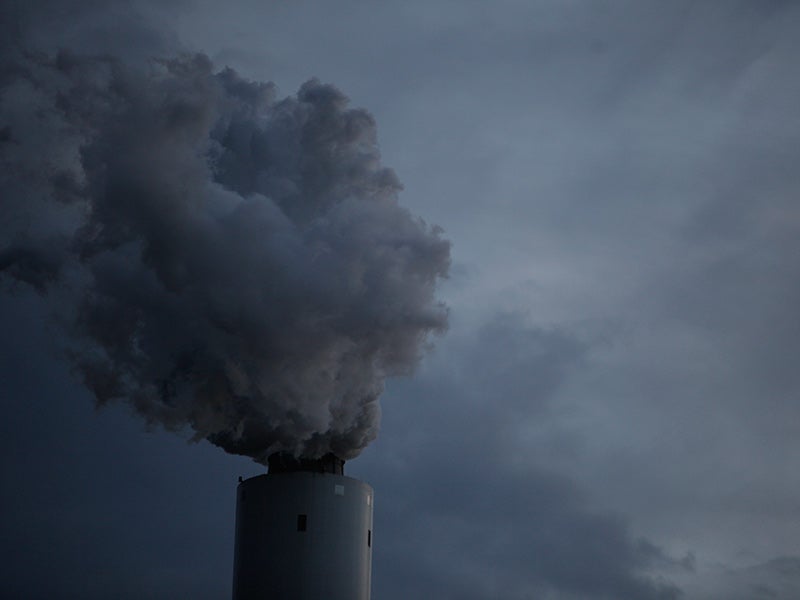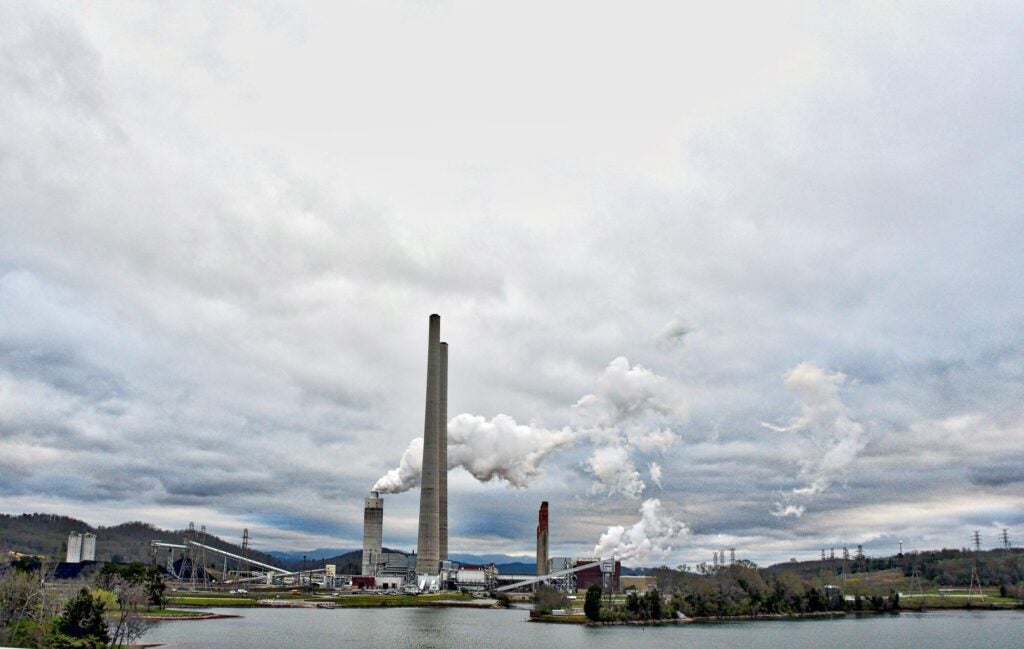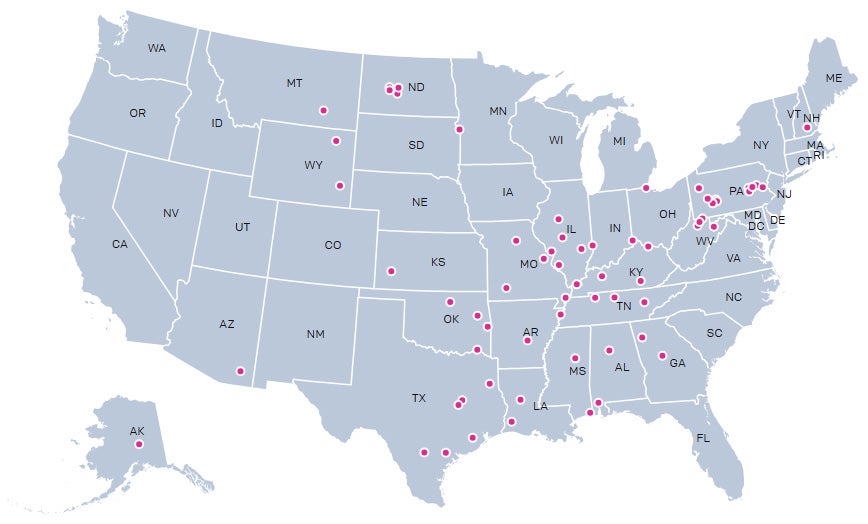Lives On The Line: Mercury Standard & Power Plants
The Mercury and Air Toxics Standards will annually prevent up to 11,000 premature deaths, and nearly 5,000 heart attacks and 130,000 asthma attacks.
Clients
Regional Office / Program
Case Overview
The U.S. Environmental Protection Agency (EPA) exempted power plants from Clean Air Act regulations, even though these power plants emit into the air tons of mercury and other toxins — known threats to human health.
In 2012, after more than a decade of Earthjustice litigation on behalf of community, environmental and public health groups, the EPA released protections that will clean up toxic air emissions from power plants across the country, the Mercury and Air Toxics Standards (MATS).
MATS will annually prevent up to 11,000 premature deaths, nearly 5,000 heart attacks and 130,000 asthma attacks, and more than 540,000 missed days of work days. MATS will reduce mercury emissions by 75%, protecting babies and children from exposures to mercury than can damage their ability to develop and learn. The EPA has estimated that every year, more than 300,000 newborns face elevated risk of learning disabilities due to exposure to mercury in the womb.
In April 2014, the U.S. Court of Appeals for the D.C. Circuit upheld MATS. Industry appealed and on March 25, 2015, the U.S. Supreme Court heard arguments in industry’s challenge to MATS. The coal industry and its allies claimed that EPA cannot decide whether to protect the public and the environment from toxic air pollution without first considering the effect on the industry’s bottom line.
On June 29, 2015, in a 5–4 decision, the U.S. Supreme Court remanded MATS. Although EPA demonstrated that the health and environmental benefits of the standards far outweigh the costs to the industry, the Court found EPA should have considered industry’s costs earlier in the process, when it determined whether these emissions were worth controlling at all.
The Court left the standards in place pending further consideration by the U.S. Court of Appeals for the D.C. Circuit and the EPA. The majority of power plants are already in compliance with the standards, having met them without reported difficulty since April 2015. Because EPA has already evaluated the costs and benefits of the rule, the agency should be able to provide the cost analysis required by the Court in short order.
It is important to note that the Court did not reject the following key conclusions by EPA:
- Power plants are far and away the worst industrial polluters.
- Controlling toxic emissions is both technologically and economically feasible.
- The resulting pollution reductions will yield between $37 billion and $90 billion in health benefits every year.
- The public will receive $3–$9 in health benefits for every $1 that the protections cost the power industry.
On December 15, 2015, the U.S. Court of Appeals for the D.C. Circuit rejected a bid by the coal mining industry and its allies to throw out the standards. The Court’s decision will save thousands of lives, and avert long term environmental and public health damage.

Case Updates
Case page created on July 14, 2005.


